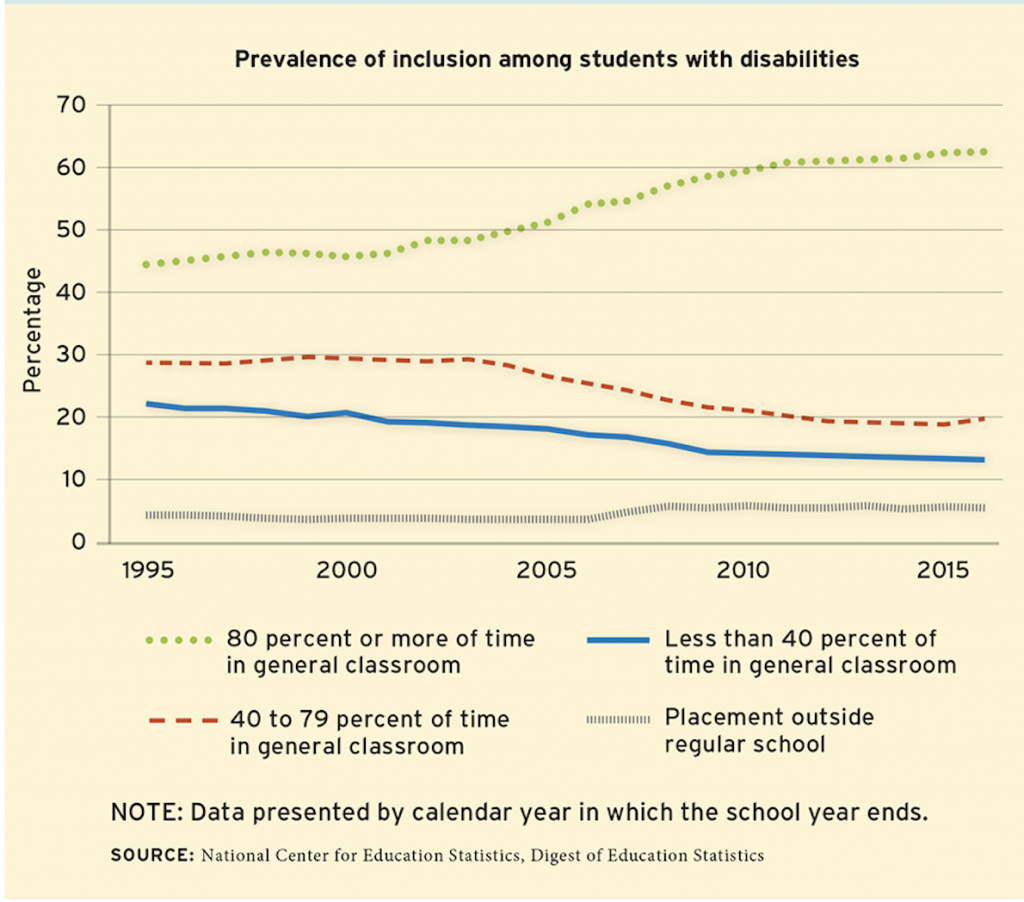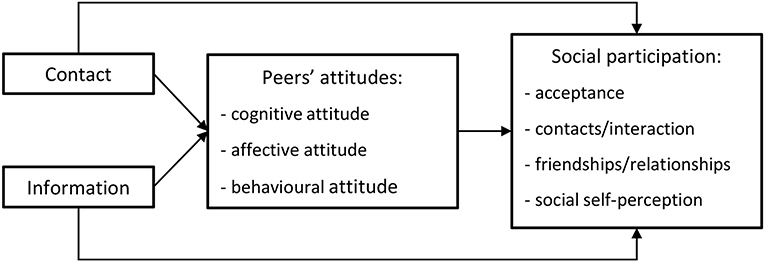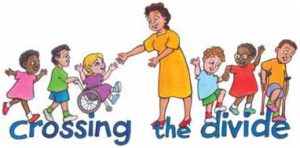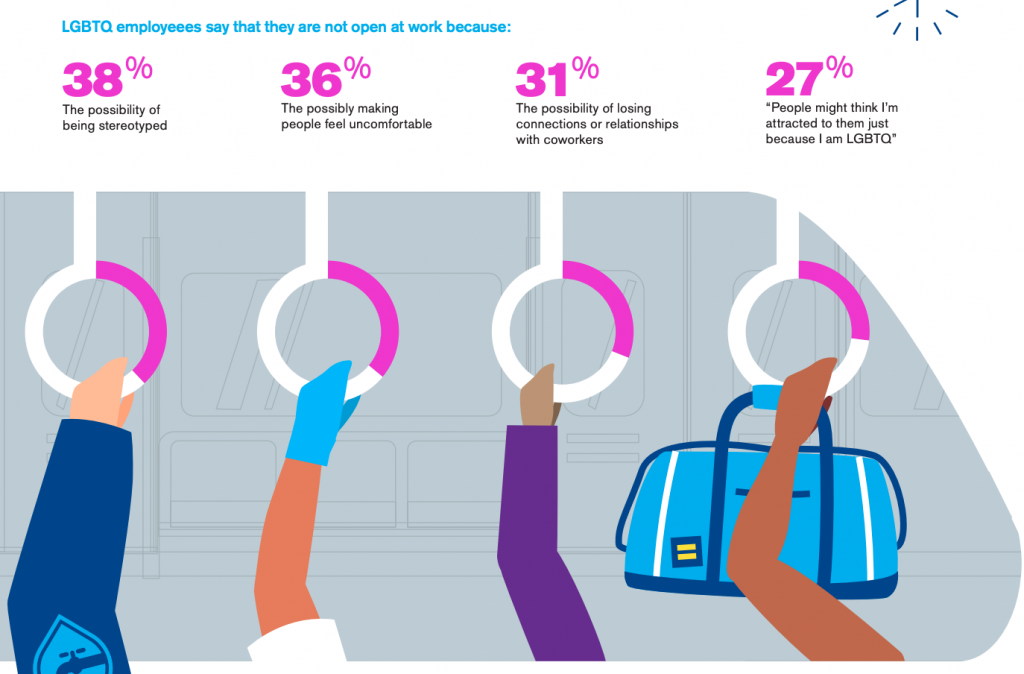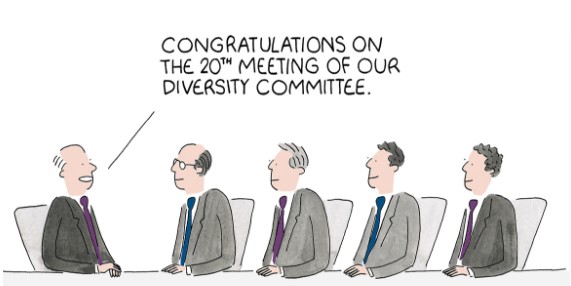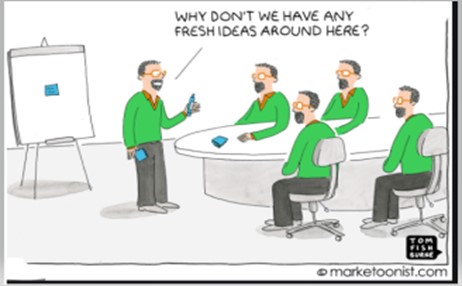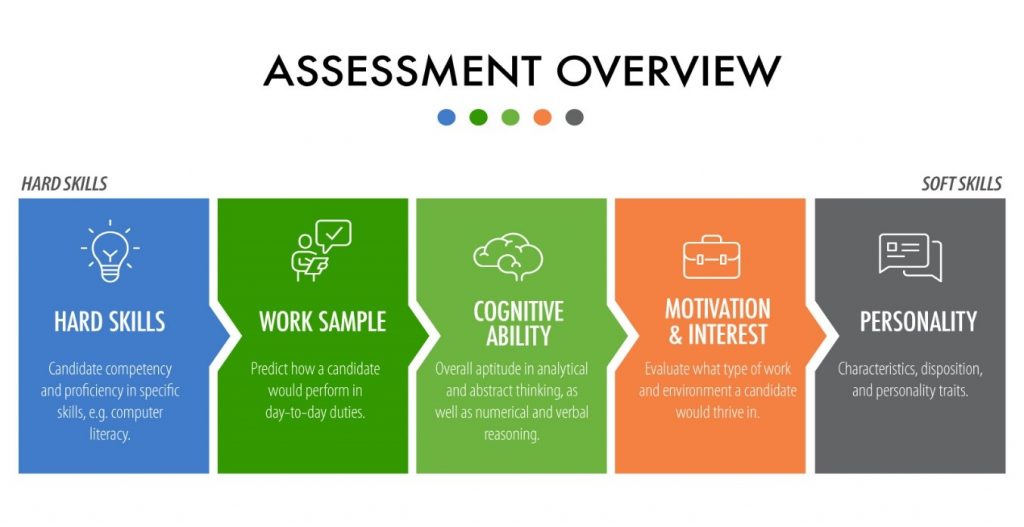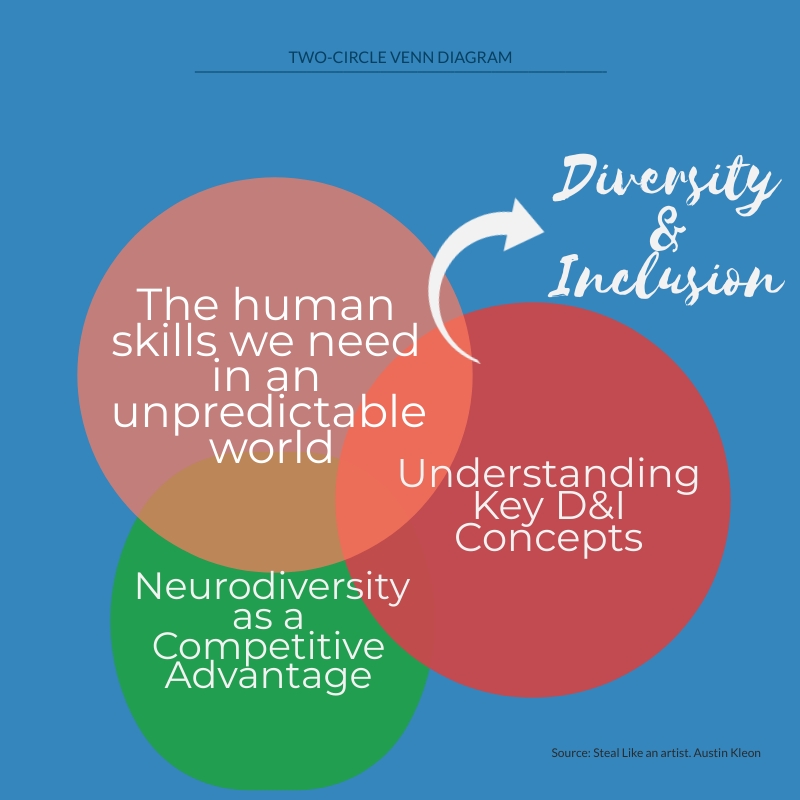In Bowen, Haverkamp, and Nye’s “A call to action: Preparing a disability-competent health care workforce” from the Disability and Health Journal, the authors successfully illustrate two initiatives that would eliminate the failure of competence towards those who are disabled as well as their essential care. The authors dissect why the needs of those who are disabled aren’t met by evaluating the preconceived notion caretakers have towards them. It is stated that their misunderstanding is a result of a biased mindset, where caretakers believe those with disabilities have a lower quality of life and function and have low expectations for their health which results in less urgency towards proper care. The authors come up with two initiatives that would alleviate the stress and pain patients with disabilities go through every day, and would in exchange, make them feel more comfortable and heard.
The urgency of these initiatives also circles back to hopes of systematic change and dismantling dishonest organizational culture. The article mentions that the systematic organizational framework in this country has disrupted the development and growth of disability healthcare. The first initiative to tackle this, the Disability Competencies, would demonstrate adequate and accessible health care. It would establish learning objectives and core foundations for health care workers, increasing understanding and urgency. The DCC (Disability Competent Care) would consist of continuing education training and bettering it as a whole. The Disability Competencies provides a set of skills and behaviors needed to provide accommodating health care towards those who are disabled. Through various studies, this framework was proven successful and applied to the full range of disabilities.
The DCC offers structure in educating the health care workforce and addresses the patient as an equal, not by their disability. The authors found that when health care workers have this preconceived notion, they don’t perform as strongly towards their patients, resulting in unfair health care and decreased mental health. I realized that when the patient’s mental health goes down, the health care workers then assume this is all a part of their disability when really, it is a reflection on them. The DCC and the Disabilities Competencies are so important because with a set of skills, behaviors, and reformed education, health care workers can finally take responsibility for lacking tremendously.
Bowen et al. acknowledge that the incompetence seen is due to systematic instability and that their initiatives would develop a foundation for practical, tangible change. I believe these initiatives need to be required and that healthcare licensure should be reevaluated the same way recruitment in the business workforce should, which we have seen in Pisano’s article. We need to re-evaluate the systems that have been set in place, as well as implement structured sets of skills in all places of work. New frameworks need to be created where there are no loopholes for privileged, selfish people in power.
Seen through these repeated injustices among various minorities, instability is systematic and lacks simple human understanding of one another, and the ability to work with each other as equals. I believe this article brings to the conversation another form of injustice that includes the same unstable framework as the ones we have seen. In order to conquer all minority injustices, it is safe to say that letting go of assumptions, implementing structure, and reforming education would finally acknowledge diversity and create big steps towards competent systematic change.
The video clip provided offers you a personal view of patients with disabilities that have undergone incompetent health care. I believe the human connection, as well as the real desire for it, is so beneficial when it comes to understanding one another and bettering a circumstance. In this video, you are able to see how good, fair healthcare for those with disabilities can really make a difference in someone’s life. You will notice health care workers acknowledging the importance of a patient. You also will notice how simple understanding and patience are needed to make a patient happy and content, furthering my point that small steps can go a long way towards competent healthcare and equality.
Works Cited:
Bowen CN, Havercamp SM, Karpiak Bowen S, Nye G. A call to action: Preparing a disability-competent health care workforce. Disabil Health J. 2020 Oct;13(4):100941. doi: 10.1016/j.dhjo.2020.100941. Epub 2020 May 14. PMID: 32467076.

